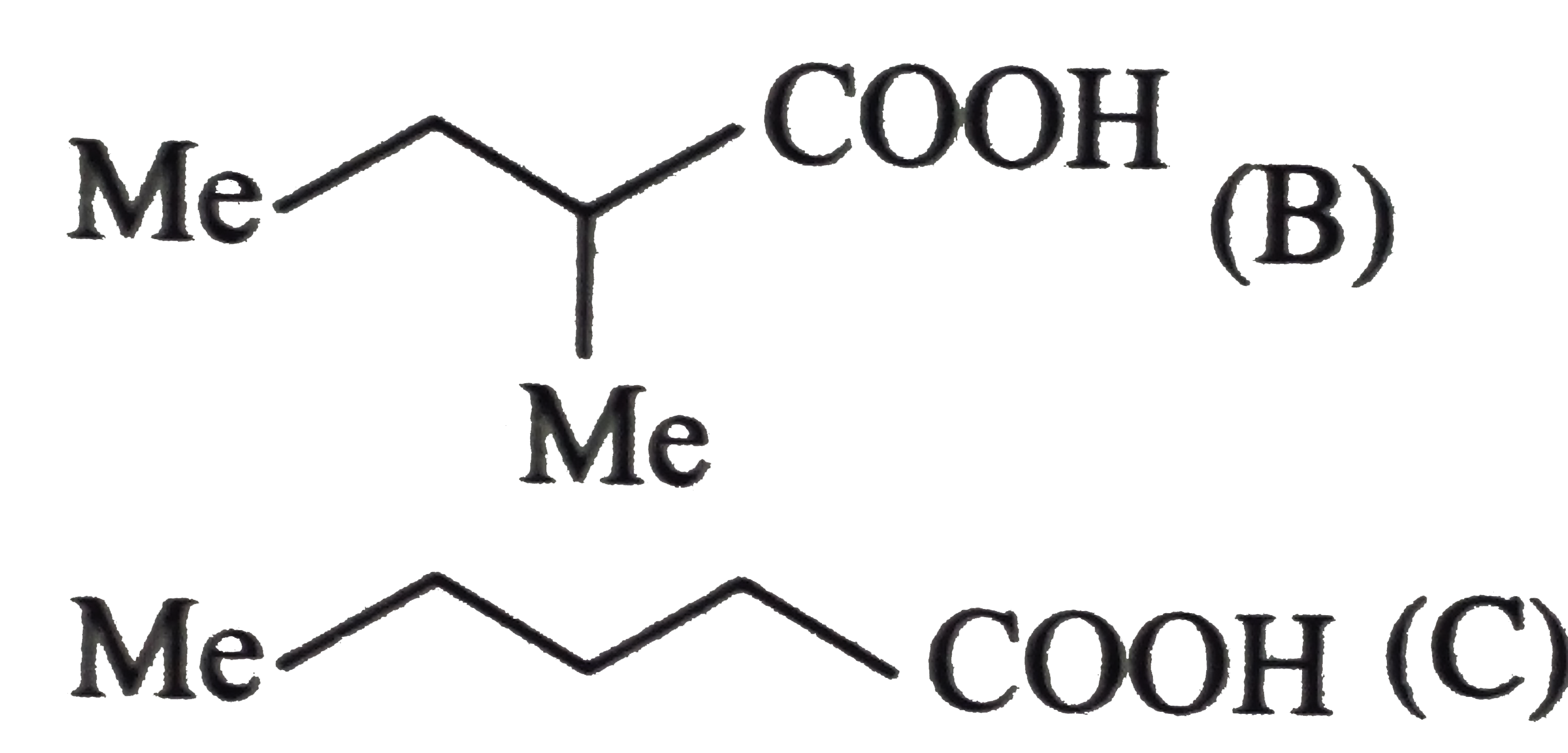Differentiate between the following:
Diabetes mellitus and diabetes insipidus.
Step-by-Step Solution:
1. Definition:
- Diabetes Mellitus: This is a metabolic disorder characterized by high blood glucose levels due to insufficient insulin production or the body's cells not responding effectively to insulin.
- Diabetes Insipidus: This is a condition characterized by excessive thirst and the excretion of large amounts of dilute urine due to a deficiency of the antidiuretic hormone (ADH).
2. Hormonal Involvement:
- Diabetes Mellitus: The primary hormone involved is insulin, which is produced by the beta cells of the pancreas. A deficiency or resistance to insulin leads to elevated blood glucose levels.
- Diabetes Insipidus: The hormone involved is antidiuretic hormone (ADH), which is produced by the hypothalamus and released by the posterior pituitary gland. A deficiency of ADH results in the inability to concentrate urine, leading to excessive urination.
3. Causes:
- Diabetes Mellitus: It can be caused by autoimmune destruction of insulin-producing cells (Type 1 diabetes) or insulin resistance (Type 2 diabetes).
- Diabetes Insipidus: It can be caused by damage to the hypothalamus or pituitary gland, genetic factors, or certain medications that affect ADH production or function.
4. Symptoms:
- Diabetes Mellitus: Symptoms include increased thirst, frequent urination, fatigue, blurred vision, and slow healing of wounds. There may also be glucose present in the urine.
- Diabetes Insipidus: Symptoms primarily include excessive thirst (polydipsia) and the production of large volumes of dilute urine (polyuria).
5. Complications:
- Diabetes Mellitus: Long-term complications can include cardiovascular disease, nerve damage, kidney damage, eye damage, and foot damage due to poor circulation.
- Diabetes Insipidus: Complications mainly involve dehydration and electrolyte imbalances due to excessive water loss.
6. Management:
- Diabetes Mellitus: Management includes insulin therapy, oral medications, dietary changes, and regular monitoring of blood glucose levels.
- Diabetes Insipidus: Treatment may involve desmopressin (a synthetic ADH) to reduce urine output and manage symptoms.
Summary Table:
| Feature | Diabetes Mellitus | Diabetes Insipidus |
|--------------------------|---------------------------------------|-------------------------------------|
| Definition | High blood glucose due to insulin deficiency | Excessive thirst and dilute urine due to ADH deficiency |
| Hormonal Involvement | Insulin (from pancreas) | ADH (from posterior pituitary) |
| Causes | Autoimmune, insulin resistance | Hypothalamus/pituitary damage |
| Symptoms | Increased thirst, frequent urination, fatigue | Excessive thirst, large volumes of dilute urine |
| Complications | Cardiovascular, nerve, kidney damage | Dehydration, electrolyte imbalances |
| Management | Insulin therapy, dietary changes | Desmopressin, hydration |
- Diabetes Mellitus: This is a metabolic disorder characterized by high blood glucose levels due to insufficient insulin production or the body's cells not responding effectively to insulin.
- Diabetes Insipidus: This is a condition characterized by excessive thirst and the excretion of large amounts of dilute urine due to a deficiency of the antidiuretic hormone (ADH).
- Diabetes Mellitus: The primary hormone involved is insulin, which is produced by the beta cells of the pancreas. A deficiency or resistance to insulin leads to elevated blood glucose levels.
- Diabetes Insipidus: The hormone involved is antidiuretic hormone (ADH), which is produced by the hypothalamus and released by the posterior pituitary gland. A deficiency of ADH results in the inability to concentrate urine, leading to excessive urination.
- Diabetes Mellitus: It can be caused by autoimmune destruction of insulin-producing cells (Type 1 diabetes) or insulin resistance (Type 2 diabetes).
- Diabetes Insipidus: It can be caused by damage to the hypothalamus or pituitary gland, genetic factors, or certain medications that affect ADH production or function.
- Diabetes Mellitus: Symptoms include increased thirst, frequent urination, fatigue, blurred vision, and slow healing of wounds. There may also be glucose present in the urine.
- Diabetes Insipidus: Symptoms primarily include excessive thirst (polydipsia) and the production of large volumes of dilute urine (polyuria).
- Diabetes Mellitus: Long-term complications can include cardiovascular disease, nerve damage, kidney damage, eye damage, and foot damage due to poor circulation.
- Diabetes Insipidus: Complications mainly involve dehydration and electrolyte imbalances due to excessive water loss.
- Diabetes Mellitus: Management includes insulin therapy, oral medications, dietary changes, and regular monitoring of blood glucose levels.
- Diabetes Insipidus: Treatment may involve desmopressin (a synthetic ADH) to reduce urine output and manage symptoms.
|--------------------------|---------------------------------------|-------------------------------------|
| Definition | High blood glucose due to insulin deficiency | Excessive thirst and dilute urine due to ADH deficiency |
| Hormonal Involvement | Insulin (from pancreas) | ADH (from posterior pituitary) |
| Causes | Autoimmune, insulin resistance | Hypothalamus/pituitary damage |
| Symptoms | Increased thirst, frequent urination, fatigue | Excessive thirst, large volumes of dilute urine |
| Complications | Cardiovascular, nerve, kidney damage | Dehydration, electrolyte imbalances |
| Management | Insulin therapy, dietary changes | Desmopressin, hydration |
Topper's Solved these Questions
- CO-ORDINATION THROUGH HORMONES : ENDROCRINCE SYSTEMBOOK - CENGAGE BIOLOGYCHAPTER - CO-ORDINATION THROUGH HORMONES : ENDROCRINCE SYSTEMEXERCISE - CONSOLIDATED EXERCISE
50 Videos
- CO-ORDINATION THROUGH HORMONES : ENDROCRINCE SYSTEMBOOK - CENGAGE BIOLOGYCHAPTER - CO-ORDINATION THROUGH HORMONES : ENDROCRINCE SYSTEMEXERCISE - OLYMPIAD AND NTSE LEVEL EXERCISES
10 Videos
- CHROMOSOMAL THEORY OF INHERITANCE AND GENETIC DISORDERSBOOK - CENGAGE BIOLOGYCHAPTER - CHROMOSOMAL THEORY OF INHERITANCE AND GENETIC DISORDERSEXERCISE - MANDATORY CHALLENGING EXERCISE
3 Videos
- ENVIRONMENTAL ISSUESBOOK - CENGAGE BIOLOGYCHAPTER - ENVIRONMENTAL ISSUESEXERCISE - CHALLENGING EXERCISE
3 Videos
Similar Questions
Knowledge Check
Diabetes mellitus means
AIncrease of sugar in bloodBIncrease of sugar in urineCDecrease of sugar in bloodDBoth A and BDiabets mellitus means
AIncrease of sugar in bloodBIncrease of sugar in urineCDecrease of sugar in bloodDBoth A and BDiabetes mellitus is due to
AInsulin deficiencyBGlucagon deficiencyCInsulin resistanceDEither A or C
Differentiate between the following.
Prothalius and protonema
View SolutionWhat are the causes of diabetes mellitus and diabetes insipidus ?
View SolutionDifferentiate between the following
Tendons and ligaments.
View SolutionDifferentiate between the following :
Amylose and Amylopectin
View SolutionDifferentiate between the following.
Zoo and wildlife sanctuary
View Solution


